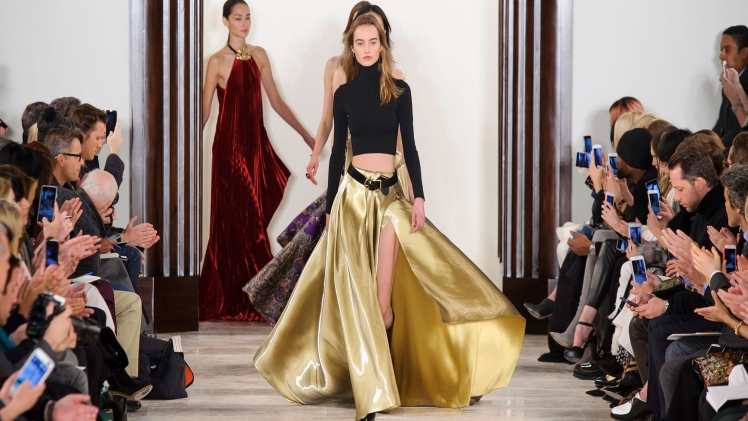Fashion has the power to empower and celebrate Diversity, yet for too long, the industry has been criticized for its lack of inclusivity regarding body shape and size. However, a transformative shift is underway as designers, brands, and consumers champion the movement towards inclusive design. In this article, we’ll explore the importance of inclusive fashion, the progress made, and the ongoing efforts to ensure that clothing is accessible and flattering for everybody.
1. Recognizing Diversity
Inclusive fashion starts with recognizing and celebrating the Diversity of body shapes and sizes. Every individual is unique, and fashion should reflect that Diversity by offering clothing options that cater to a wide range of body types. From petite to plus-size, from tall to short, inclusive design acknowledges that beauty comes in all shapes and sizes, and no one should feel excluded or marginalized because of their body.
2. Representation Matters
Representation plays a crucial role in fostering inclusivity within the fashion industry. When people see models who look like them walking the runway, starring in campaigns, and gracing magazine covers, it sends a powerful message of acceptance and validation. Brands that prioritize Diversity and representation reflect the realities of their customer base and inspire confidence and self-esteem in individuals who have historically been underrepresented in mainstream media.
3. Fit and Functionality
Inclusive design goes beyond just offering a range of sizes—it’s about ensuring that clothing is designed to fit and flatter diverse body shapes. This means paying attention to seam placement, fabric stretch, and silhouette construction to accommodate different proportions and curves. From adaptive clothing for individuals with disabilities to maternity wear for expectant mothers, inclusive fashion considers every wearer’s unique needs and preferences.
4. Breaking Stereotypes
Inclusive fashion can challenge stereotypes and reshape societal perceptions of beauty and style. By showcasing diverse models and promoting body positivity, brands can dismantle harmful stereotypes and promote acceptance and inclusivity. Whether it’s featuring older models in fashion campaigns or celebrating bodies of all shapes and sizes on the runway, inclusive design encourages people to embrace their individuality and reject unrealistic beauty standards.
5. Empowering Self-Expression
At its core, inclusive fashion empowers individuals to express themselves authentically and confidently. When clothing is designed with inclusivity in mind, it gives people the freedom to dress in a way that reflects their personality and style, regardless of their body shape or size. By providing options that cater to diverse tastes and preferences, inclusive design fosters a sense of belonging and self-assurance, allowing everyone to participate in the joy of fashion without limitations.
In conclusion, inclusive design is not just a trend—it’s a fundamental shift towards a more equitable and compassionate fashion industry. By embracing Diversity, representation, fit, and functionality, fashion can uplift and empower individuals of all body shapes and sizes. As designers and brands prioritize inclusivity, we move closer to a future where fashion is for everybody.

